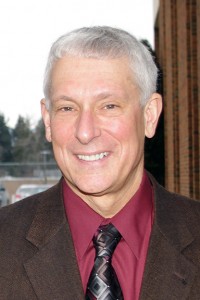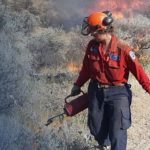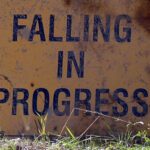Home »

Elizabeth Lake drainage assessment approved
An engineering assessment will be completed on the Elizabeth Lake drainage basin from the watershed to the City of Cranbrook storm water system.
The need for an assessment was the key action item to come out of a stakeholders meeting this week to discuss the flooding and options moving forward for both the short term management of the situation and long term mitigation strategies.
The meeting included representation from the City of Cranbrook, Regional District of East Kootenay (RDEK), Ministry of Forests, Lands and Natural Resource Operations Water Stewardship Branch, Ministry of Transportation and Infrastructure and Ducks Unlimited Canada.
“We are working with all of the impacted agencies to realize a better future, which will include the comprehensive engineering study, creating more spring storage capacity in the lake, stream channel clearing, and replacing some older culverts with new ones that have water control structures built into them,” said City of Cranbrook Mayor Wayne Stetski.
The study will look at the flow in JimSmith Creek and other streams in the watershed, and assess how the water moves through the lake and into the city’s storm water system before draining into Joseph Creek at 6th Street north near Curves gym.

“Having all the stakeholders at the table working together is critical. We are now all at the same table and we share a common goal of finding a balanced plan moving forward. The engineering assessment is the first step,” said RDEK Board Chair and Electoral Area C Director Rob Gay.
The pumps (pictured above) are currently being used to pump water from Elizabeth Lake across Wattsville Road are to assist in regulating the flow of water, so that residents and businesses are not being flooded further downstream.
“This is a highly unusual year for water levels at Elizabeth Lake. Our short term efforts are focused on managing the water coming out of the lake to minimize the downstream flooding,” added Stetski.
Work will be required on downstream culverts; however, that work cannot take place until water levels have receded.
The Ducks Unlimited Canada weir, which was re-built in 2012, is not a contributing factor to the current flooding, as water levels are so high, the weir is underwater.
“I empathize with those currently affected by the flooding, as our infrastructure is also affected and can be damaged by the high water,” explained Katharine VanSpall, head of Conservation Programs for the BC Intermountian Region for Ducks Unlimited Canada. “Right now there’s nothing DUC can do to alleviate the flooding, there’s just too much water coming into the lake. What we can do for the future to try to prevent flooding is look at altering the water level management regime for the lake, which DUC has committed to do; but in extreme high water years such as this one, even that might not be enough.”
The RDEK has organized another neighbourhood meeting at 7 p.m. on May 26.
“These meetings give us the opportunity to share information directly with the impacted residents and to hear their concerns and questions,” Gay said.
One of the challenges is the looming spring freshet, which could introduce more water to the lake and increase water levels. It could be several weeks yet before levels drop below flood conditions.
For those who wish to have some sandbags handy as a precaution, both sand and sandbags are available for self- filling beside the city’s Public Works yard on Cobham Avenue. The self-fill station is open to both municipal and rural residents and people will need to bring their own shovels.
Submitted







